Masdar City
Planned as the world’s first zero-carbon city, it had lofty ideals—but is only 5 percent completed and aiming for 50 percent carbon-neutral.
In recognition of climate change being one of the most dangerous threats to humanity on Planet Earth, a company in the United Arab Emirates called “Masdar” (nicknamed the “Abu Dhabi Future Energy Company”) planned in 2006 to construct a 100% green city. That’s right—a fully functional city that emits not one ounce of greenhouse gas.
They began with a down payment of $22 billion dollars, and with it they built a central plaza of modern terracotta buildings, complete with an Arab texture, to house up to 1500 green energy businesses. The city was built for 50,000 workers living within the city limits, plus an additional 60,000 from the surrounding areas, with the majority of them working towards a clean energy future.
With this planned excess of clean energy, the operators of Masdar City devised contraptions that would take hot desert air from the sky and convert it to cool ground air, making Masdar City up to 20ºC cooler than the adjacent Abu Dhabi.
This clean energy was also going to be used to power a 100%-green transportation grid. This transit system is made up of electrically-powered Personal Rapid Transit (PRT) vehicles, which are pods that circulate the city’s underground and are free for all residents to use. They were to offer nonstop transit for three to six people from Point A to Point B. Besides the PRT system, the city also caters to pedestrians and cyclists, and the only cars allowed in are electric ones.
To further reduce waste, movement sensors have been integrated into the city to replace water taps and light switches, which reduces water and energy consumption by over 50% each.
Just like that, Masdar City became the first carbon neutral city to ever be built in the entire world.
Except for one thing: it was never finished. The original plan was to have the city fully completed by 2016. But due to the global financial crisis of the late 2000s, the project has stalled, and current estimates have it being completed by 2030—a deadline extension of nearly 250%. As of today, only 5% of the original “greenprint” has been fully constructed.
Today’s Masdar City is like a green ghost city. Except, not even that green. After the mission was declared a failure, the planning directors decided to abandon the zero carbon idea, and are currently building the rest of the city to be 50% carbon-neutral.
Community Contributors
Added by
Edited by
Plan Your Trip
The Atlas Obscura Podcast is Back!




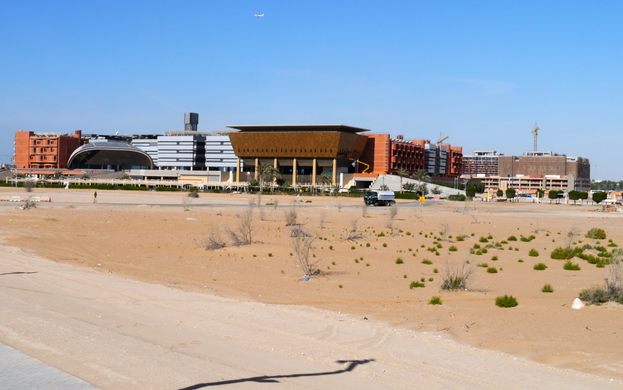

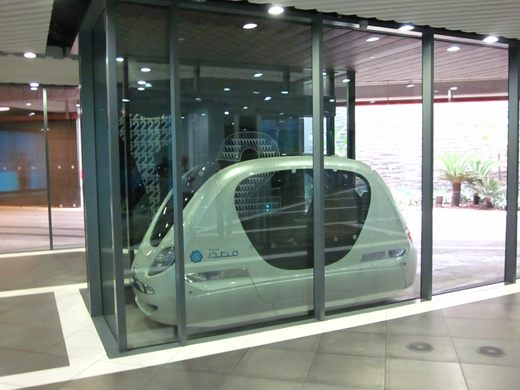
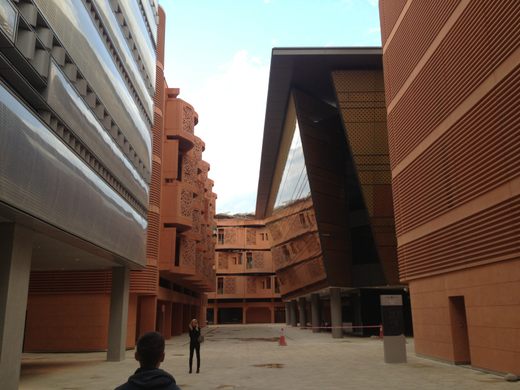
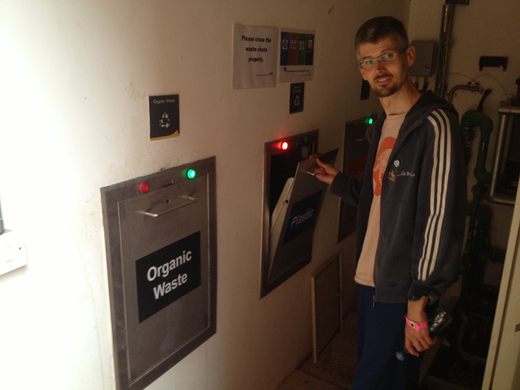
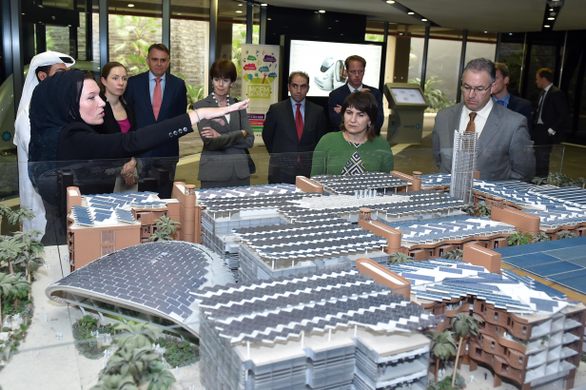
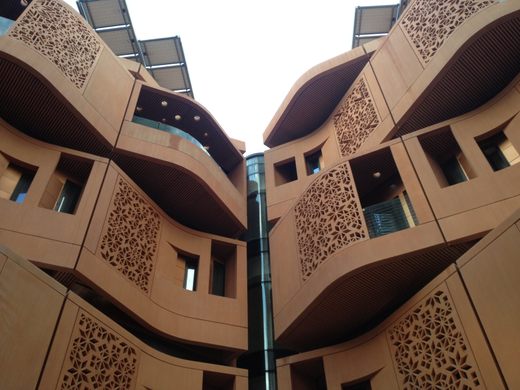










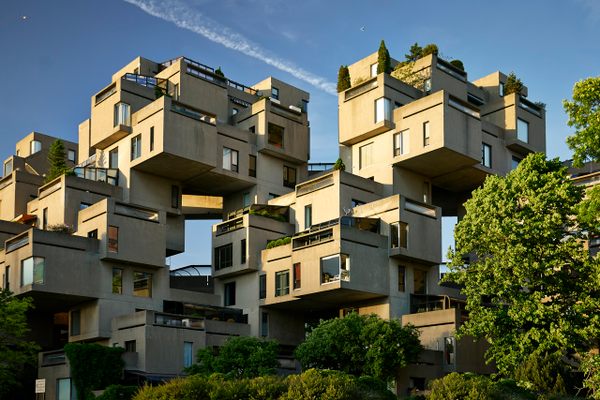
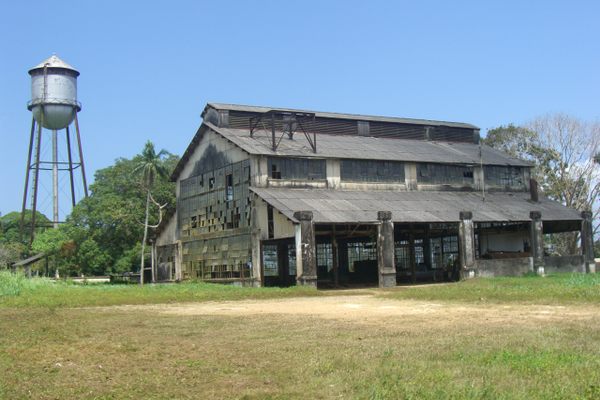
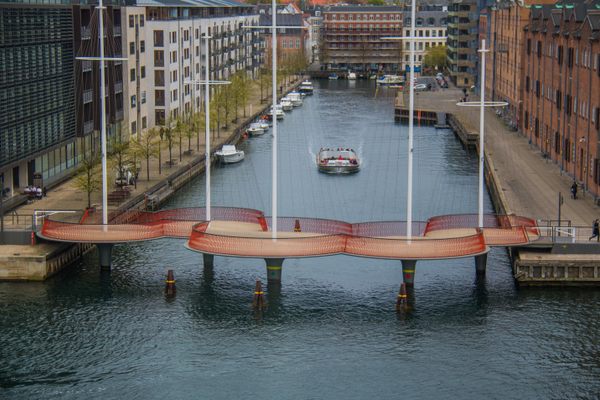

Follow us on Twitter to get the latest on the world's hidden wonders.
Like us on Facebook to get the latest on the world's hidden wonders.
Follow us on Twitter Like us on Facebook